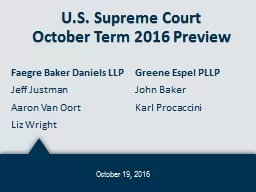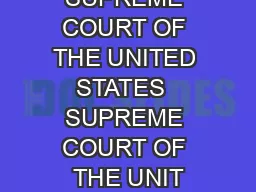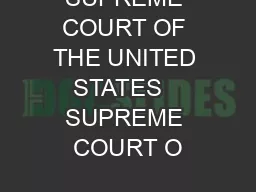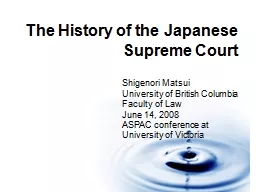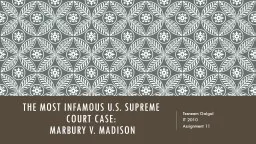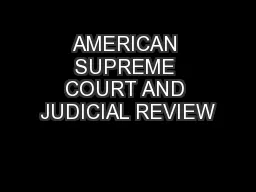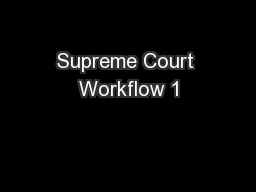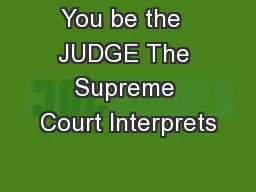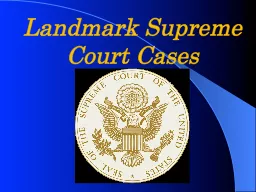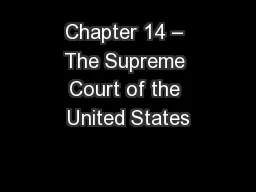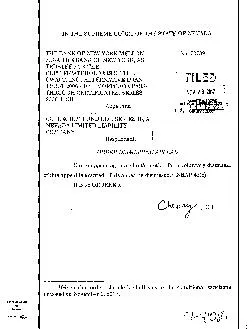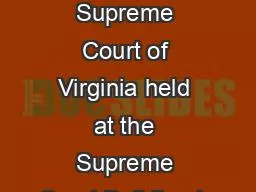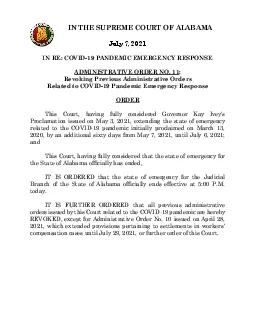PPT-U.S. Supreme Court October
Author : sherrill-nordquist | Published Date : 2019-11-21
US Supreme Court October Term 2016 Preview Faegre Baker Daniels LLP Jeff Justman Aaron Van Oort Liz Wright Greene Espel PLLP John Baker Karl Procaccini October 19
Presentation Embed Code
Download Presentation
Download Presentation The PPT/PDF document "U.S. Supreme Court October" is the property of its rightful owner. Permission is granted to download and print the materials on this website for personal, non-commercial use only, and to display it on your personal computer provided you do not modify the materials and that you retain all copyright notices contained in the materials. By downloading content from our website, you accept the terms of this agreement.
U.S. Supreme Court October: Transcript
Download Rules Of Document
"U.S. Supreme Court October"The content belongs to its owner. You may download and print it for personal use, without modification, and keep all copyright notices. By downloading, you agree to these terms.
Related Documents

